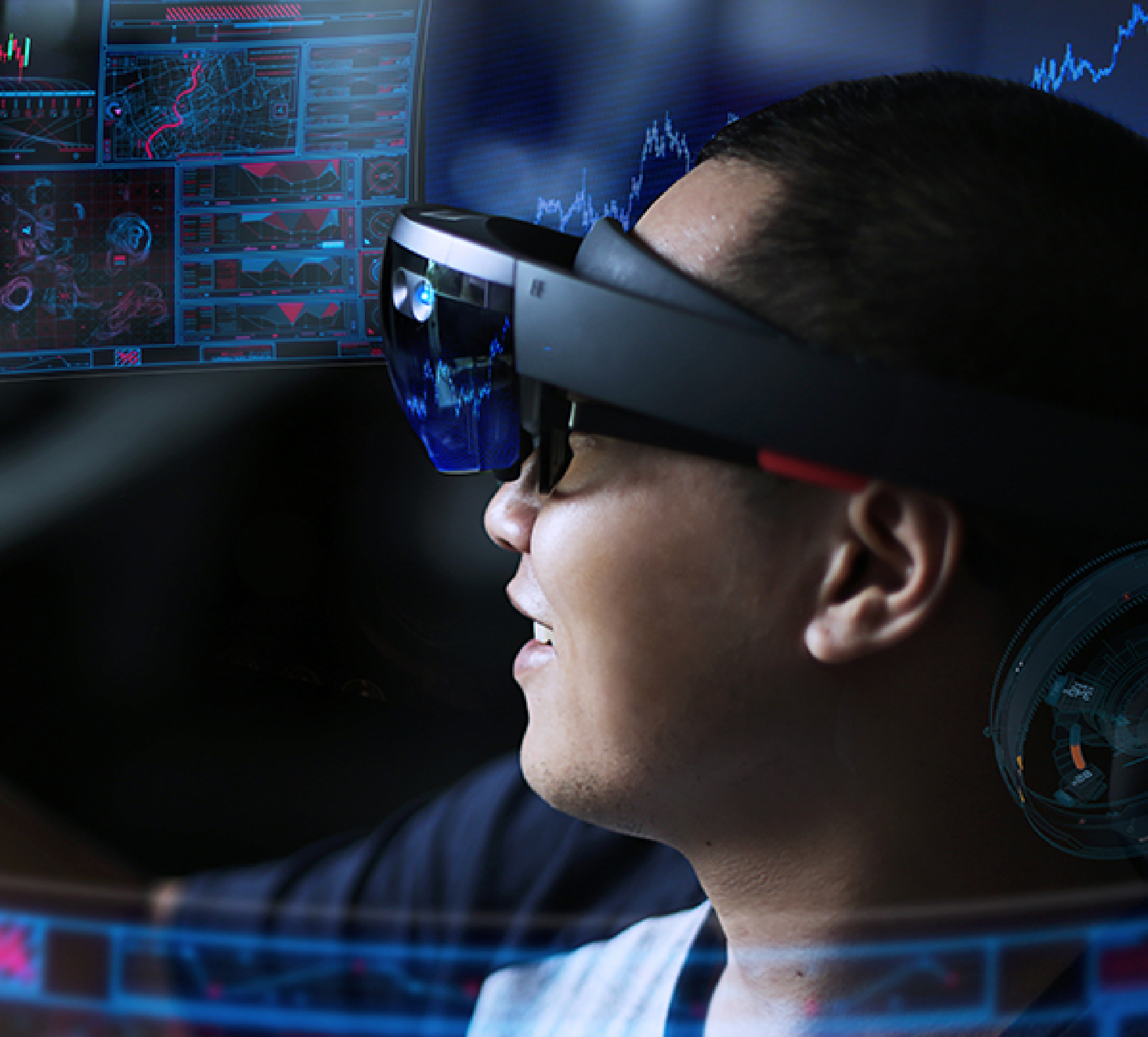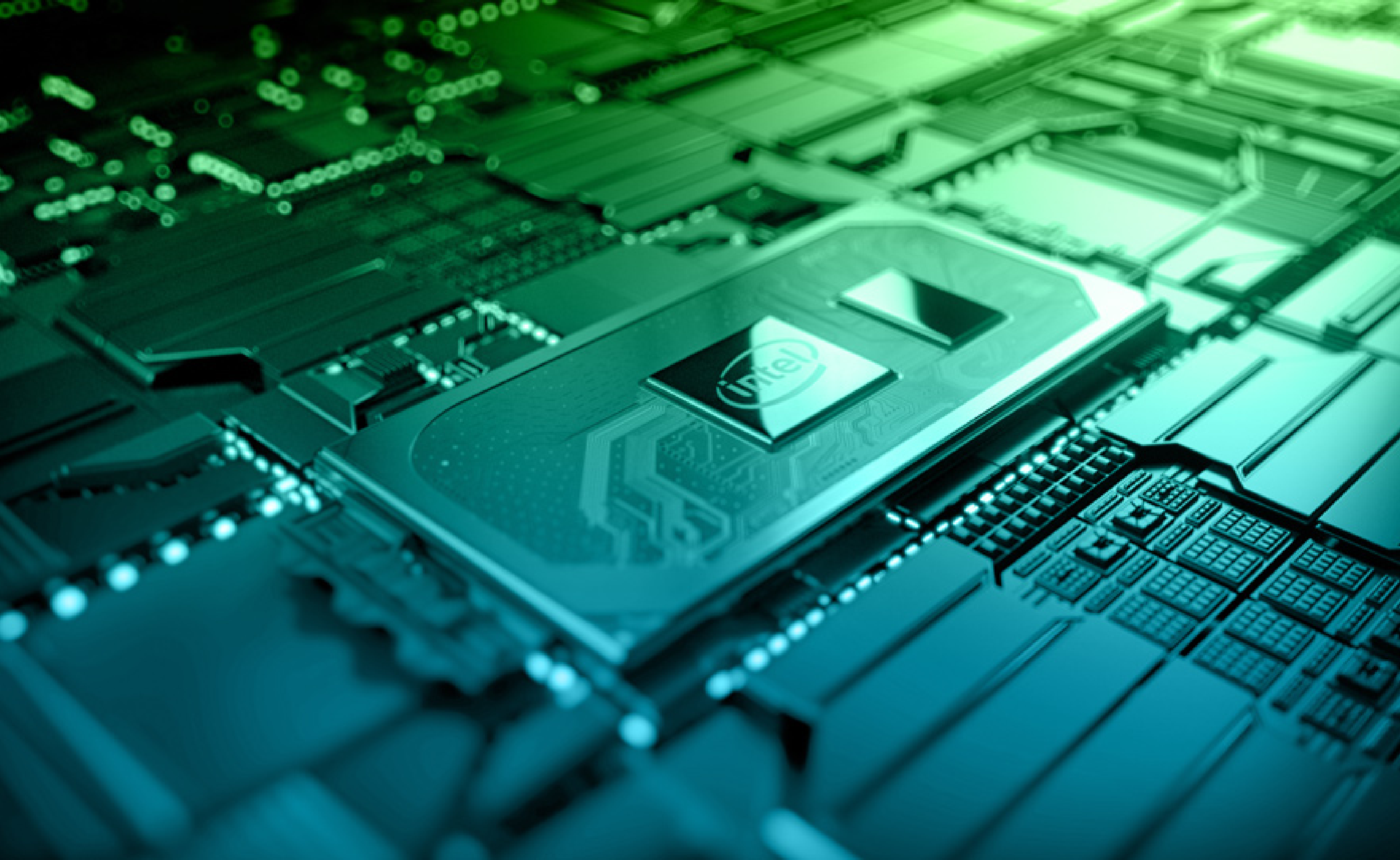In the race to stand out in the Higher Education world, tech innovation must be top-of-mind for IT administrators, staff, and faculty alike. While we often look to new processors or the latest monitor to boost campus productivity, these improvements are only half the battle. In order to truly innovate—and, therefore truly succeed within Higher Education—institutions must look beyond traditional means of instruction. In fact, they must look to completely new planes of reality. That’s where Augmented Reality (AR) and Virtual Reality (VR) come in.
AR and VR are two platforms that have made the rounds within tech circles, but they’re routinely pigeonholed into the video game or entertainment category. However, when one takes a deeper look at the capabilities of these technologies, alongside the needs of the Higher Education market, the connection is clear. Simply put, AR and VR enhance today’s changing classroom environment while simultaneously preparing for the future of education as a whole.
The Market
Before one can gain an understanding of exactly how AR and VR work to benefit institutions of higher learning, it’s helpful to take a quick look at the AR/VR and Higher Education markets as a whole. As of 2020, there are 19.66 million students enrolled in colleges and universities across the United States—making up about 28% of the entire education market.1
The sheer volume of students in the US has contributed to the education sector being named in the top two most applicable markets for AR/VR.2 And, as that number continues to grow, the desire for these new platforms is slated to grow with it. In fact, according to ABI Research, the market for AR in education will hit $5.3 billion in 2023, and VR education will hit $640 million in 2023.3
With a predictive volume of this size, it’s easy to see why experts view AR and VR as more than a gimmick—these technologies are going to become an integral part of education for years to come.
The Technology
These technologies are slated to keep growing—what exactly are they? What’s the difference between AR and VR, and what are the benefits of using these platforms? Well, let’s start with VR.
Virtual Reality falls into a category of systems called a “closed learning system.” VR platforms utilize a headset that takes complete control of what users see, hear, and interact with. The experience is 100% computer-generated, and interaction is controlled with handheld joysticks or controllers. Isolated from external influences, VR technology enables the student to focus solely on a single subject—free from distraction. It also allows users to connect theory and textbook readings with more immersive, impactful experiences. And, with gamification strategies and social engagement tools within VR programs, students are encouraged to interact with the lesson in front of them, as well as with classmates in the virtual world.4
With a predictive volume of this size, it’s easy to see why experts view AR and VR as more than a gimmick—these technologies are going to become an integral part of education for years to come.

With Augmented Reality, the user is engaging with an “open learning system” that is designed to support teaching through interactions with real-world objects and settings. Open learning systems are programs that collect real-world input from peers, professors, and users in order to render supplementary information in real-time. Simply put, users’ phones are able to display digitized, interactive information over top of real-world objects. AR platforms are useful because they consistently display contextual information that helps professors and students to be more productive.5

The Benefits
Now that you have an understanding of both AR and VR platforms—and the market they occupy—it’s time to bring it all together in the context of Higher Education. As mentioned, it’s critical for institutions to innovate for the future if they want to stand out to prospective students, employees, and donors. Implementing AR and VR technology across campus will result in benefits that do just that.
Currently, colleges and universities are seeing a high dropout and failure rate associated with online learning.6 This is due, in part, to students feeling disconnected from their learning environment. However, with social VR applications, schools can begin to tackle this issue by deploying online coursework in a computer-generated environment. By pivoting away from the two-dimensional, “flat” online course experience, institutions can give students the opportunity to ask questions and take a more hands-on approach to education.7
Similarly, AR-enhanced displays and VR experiences have far-reaching benefits across almost every major imaginable. Engineering and Construction students can interact with heavy machinery aided by instructional displays, fine arts students can create all-new pieces and mediums within 3D landscapes, pre-med students can operate on digital patients, and more.8
Future Food For Thought
As we begin to see AR and VR technologies take shape within the world of Higher Education, it’s also important to always be on the lookout for the “next big thing” that your institution can jump on and find success with.
Researchers are currently studying and developing Mixed Reality—better known as MR. This combination of AR and VR aims to strengthen the quality of education by enhancing academic innovation and inviting true creativity within the growing field of alternate realities.8
Closing Thoughts
Whether it’s VR, AR, or a combination of the two with MR, your institution needs to be thinking beyond the reality it’s in right now. From developing and rendering to processing and simulating, you need a device that can step up to the plate. That’s why Lenovo Workstations are engineered to handle the extensive requirements that AR and VR demand with ease.
By acquiring the right technology to develop and run these platforms, your school will be able to enhance the student experience, boost faculty success, and stand out from the rest of the Higher Education field. It’s time to get a head start on the future of campus tech. It’s time to get real about multiple realities.
Sources
1https://www.statista.com/statistics/183995/us-college-enrollment-and-projections-in-public-and-private-institutions/
2https://marketbrief.edweek.org/marketplace-k-12/education-seen-strong-market-vr-ar-industry-insiders/
3https://campustechnology.com/articles/2019/04/22/funding-is-top-roadblock-to-ar-vr-in-education.aspx
4,5https://virtualspeech.com/blog/augmented-virtual-reality-future-of-learning-experience
6https://journals.sagepub.com/action/cookieAbsent
7https://builtin.com/edtech/virtual-reality-in-education
8https://www.zdnet.com/article/your-guide-to-mixed-reality-technology/






